User Checks
One aspect of the PAT testing process that is often overlooked is the user check. Most faults can be found by a simple visual inspection and this can be carried out by the user with some basic training. The Health and Safety Executive (HSE) suggest that a simple visual inspection is likely to be all that is required for equipment used in a clean, dry environment, such as an office. For further information, see the HSE publication: Maintaining portable electrical equipment.
The user check is an external visual inspection of the appliance and does not require opening the plug for inspection. It does not necessarily need to be recorded unless a fault is found. If a fault is found, or if the equipment is suspected of being faulty, it should be reported to the duty holder and removed from use. A PAT testing course will provide you with the necessary skills and knowledge to conduct effective user checks on portable electrical equipment.
User Visual Inspection
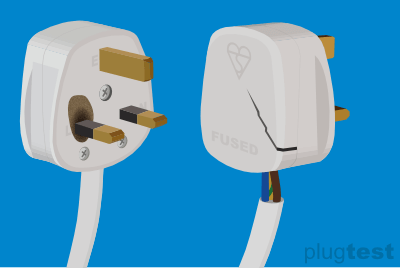
The Plug
Should be inspected for signs of damage such as cracks and loose pins. Discolouration around the pins is an indication of overheating. In extreme cases, the plastic may show signs of melting. The plug should be able to be inserted into the socket outlet easily. Difficulty engaging the plug and socket is an indication that the pins are damaged. Where the cable enters the plug, the internal coloured wires must not be visible. The plug should be securely gripping the outer sheath of the cable. This can be tested by firmly pulling on the cable.

The Cable
Should be carefully inspected along its entire length. Running the cable through your hands whilst carrying out the inspection will help to detect any small cuts or splits. The internal coloured wires must not be visible at any points and it should not be kinked or show signs of being crushed. Electrical tape is not a suitable repair.
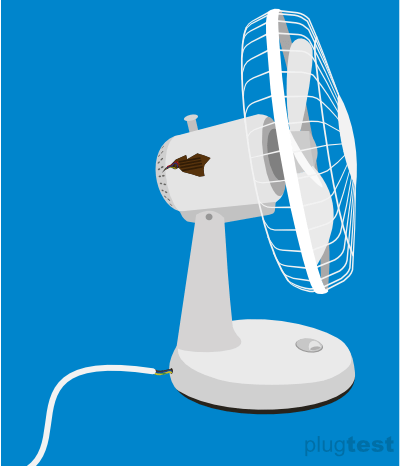
The Appliance
This should work properly and be inspected for cracks, damage, and loose or missing covers that could expose the user to the internal electrical parts. The case should be checked for any signs of overheating, and any air vents should be free from obstruction. The outer cable sheath must be securely gripped as it enters the case. This can be checked by firmly pulling on the cable. The internal coloured wires should not be visible.
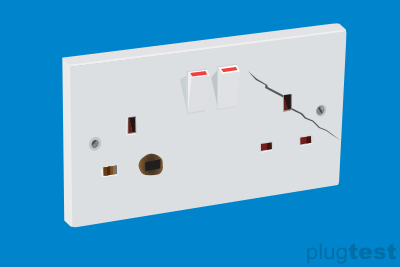
Socket Outlets
Should also be checked for cracks, damage and signs of overheating. There should be no missing or loose screws. The switch, if fitted, should be working and the internal safety shutters should be covering the live and neutral terminals.
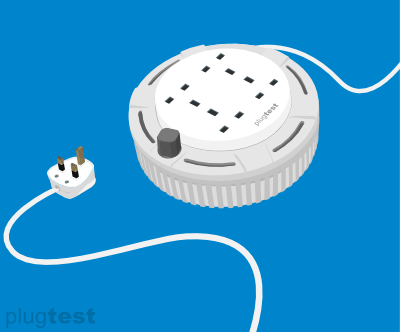
Extension Leads
Should be checked to make sure they are not overloaded. High-power appliances such as heaters and kettles should not be plugged into multiway extension leads. Daisy chaining extension leads by plugging one lead into another should be avoided. Extension reels should be fully unwound whilst being used to avoid overheating.
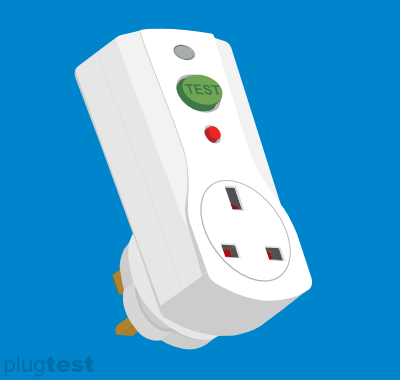
RCDs
The operation of portable RCDs and RCDs built into socket outlets should be tested by first switching on and then pressing the test button. This should immediately trigger the RCD to operate and cut the power.

The Environment
Attention should be paid to the environment the equipment is used in. For example, are there external factors that could potentially expose the equipment to water or high temperatures? For equipment that needs to be used in a harsh or hazardous work environment, it should be constructed to withstand the rigours of use.
User Check Training
Regular inspections and testing of electrical equipment are essential for ensuring the safety of both the equipment and the people using it. While user checks can identify many faults, most equipment used in the workplace will also require additional inspection and testing by a competent person. The frequency of this should be based on a risk assessment. Enrolling in a PAT testing course can provide the necessary training to become competent and learn how to identify potential hazards, carry out inspections and tests, and interpret the results.